If you own a dog, there is a pretty good chance you will use a dog harness at some point in their life.
You may use one for walking.
Sometimes you may need to use one to secure your dog during travel.
Either way, you will want to know how to put one on. Not only that, but you are probably wondering which one to buy and how to find the right size?
So we have put together the ultimate guide to dog harnesses!
Here we will answer all your frequently questions, giving you the best chance of having a happy dog in a well-fitted harness!
TABLE OF CONTENTS
How To Put On A Dog Harness: 12 Step Guide
From Adobe Stock
- When you have purchased your harness, take it out of the packaging, and leave it on the floor for your dog to explore and sniff.
- Intermittently throw treats towards the harness.
- Lure your dog towards the harness with a treat and then carry on with whatever you were doing.
- Once your dog isn’t bothered in the slightest, you can attempt to introduce the harness.
- With an overhead harness, lure her head through the hole with a treat. Take it off again and reward. Repeat several times.
- With a step-in harness, leave it on the floor and lure her to walk over it. Reward. Repeat.
- After 10 attempts of fixing the first part of the harness and removing quickly, place the harness on the body and reward. Repeat.
- Finally, secure the clips. Reward.
- Give her a chew or a kong to distract them from their harness. Repeat this step over a period of 10 more times.
- Let you dog wear the harness around the house. You can even give her a meal or a chew whilst wearing it to help her get used to it. Remove it as soon as she has finished.
- Once she has accepted it, attach the leash and walk her around the house or yard. Reward regularly.
- If you are confident she has accepted it, venture out into the big wide world. Chances are, she’ll be that interested in everything else going on, she won’t even notice she’s wearing it.
Types of Dog Harnesses
From Adobe Stock
Not as simple as most of us thought, when you start researching dog harnesses you will notice there are a few different types:
The type of harness you choose will depend on a range of factors including: their temperament, their disposition and their health:
- Dogs who have had health issues relating to their neck are often seen in cross-chest harnesses (step in or front clip).
- Larger dogs are sometimes found in front clip harnesses as they are often told to use a training lead attached to the front and back which can off-balance the dog if they become difficult to manage.
- Dogs who can be nervous or wary are often reluctant around an overhead harness.
Let us look at each harness and how to put them on safely and correctly.
Standard Dog Harness
From Adobe Stock
Your typical dog harness is a simple design.
Some designs fasten at the back of the neck, and around the girth of the dog, some only fasten around the girth.
The straps are usually made from nylon and are totally adjustable.
They come in a range of colors and usually have one D ring to attach the lead, it usually sits on their back.
Fitting This Harness
To fit this harness, you will need to measure the girth, neck and chest of your dog and match them to manufacturers guidelines.
Adjust the straps to fit your dog but you should always be able to get two fingers between the harness and your dog at any point.
For the standard dog harness, even if you have a neck clip, most owners opt to keep the neck clip fixed so you fit it like an over-head harness.
You simply slip the neck hole over their head, follow the straps under the chest, then straighten the straps up around the girth.
Ensure all straps are flat to the body and not twisted.
Step-In Dog Harness
From Adobe Stock
The step-in harness is great for dogs who are a little wary of over-head harnesses.
This design has holes for the paws, then the clips fasten over the shoulders. It can be a little trickier to get this one the right way around.
As they come with adjustable straps, you will fit them to their chest and over their shoulders.
Fitting This Harness
Again, you need to measure the girth and chest of your dog to match the manufacturer’s measurements. Although many manufacturers identify recommended breeders for their individual-sized harness.
Some dogs learn very quickly to pull their shoulders forward in the harness, escaping quite easily, so you need to frequently check the fit.
Again, it should be snug but you should be able to fit two fingers between your harness and dog at any point.
Front Clip Dog Harness
From Adobe Stock
The front clip harness is most often the choice for larger dog owners going through training.
They are told to use a double-ended leash. Attach one end to the front of the harness and one end to the back of the harness. The idea is that you can off-balance the dog if they become difficult to manage.
There is also this idea of opposition reflex, which is the instinct to push or pull against something which is pushing or pulling.
So, by having two points of control, you stand more of a chance of guiding your dog to the wanted behavior. Other owners like the idea of having two contact points with their dog for safety.
Front clip harnesses come in a range of designs, standard, step-in and overhead. You would fit this harness specific to the design.
Overhead Harness
From Adobe Stock
The overhead harness often comes in a range of designs, so if you want your dog strutting the latest fashion, you’ve got more chance of finding a nifty pattern in this harness.
Overhead harnesses often have more padding across the body too, so are often preferred for comfort.
When buying an overhead harness, you would need to measure your dog’s girth and neck to match the manufacturer’s guidelines.
Like the name suggests, your dog puts his head through the neck hole, and you secure the harness by clips on the girth strap.
These too have adjustable straps so ensure you alter them to fit your dog and again ensure you can fit two fingers between your dog and the harness at any point.
If you are planning on taking your dog near water, the over-head harness is a similar design to most life jackets, so by introducing your dog to this design you stand more of a chance of them accepting a life jacket at a later stage.
Some designs have a V shape padding across the chest, some will have a straight strap across the chest. Some simply have a girth strap; and some will have padding on the back with additional grab handles.
These are popular with large breeds or those less-mobile dogs if you need to help them up steps or in and out of vehicles.
Fitting a Dog Harness
From Adobe Stock
How To Size Dog Harness?
First you need to measure your dog’s girth or their middle. This is just behind their front legs. It is the widest part of your dog’s chest.
Then you need to measure their chest, and finally measure around their neck, from the breastbone all the way around.
Manufacturers generally have their own breed guidelines but remember all dogs are different and if you have a designer dog, their size may be totally unique!
How Should It Fit?
A harness should be snug, but you should be able to fit two fingers between your dog and the harness at any point.
Where Should You Place the Straps?
The design will tell you where to place the straps. Most designs consist of neck and girth straps, but some will have chest straps. Ensure all straps lay flat and are not twisted.
How Should You Adjust It?
Place the harness on your dog and thread the straps through the adjusters.
Check the fit regularly, especially if you have a growing puppy!
Working dogs can lose weight which means the harness is too slack, older dogs can gain weight due to limited movement so it’s always worth being mindful.
Incorrect fit can cause irritation and soreness:
- If it’s too tight it can limit movement.
- If it’s too loose, your dog can escape.
Top-Tip
If you notice bald patches of fur, sore armpits or chest, or a change in movement, you need to check the fit of the harness.
Frequently Asked Questions
From Adobe Stock
Why Is It So Important to Know How to Put on a Dog Harness?
You never know when you will need to secure her in transport and harnessing her is the only option.
Also, if your dog ever has health concerns, she can no longer be leashed by a collar, you may one day need to use a harness.
It is always better to have trained it as a puppy in a calm and controlled way.
Is A Dog Harness Better Than Collar?
Whether you choose to use a harness is individual choice.
There is no denying that harnesses cause less trauma to a dog’s neck than a collar.
However, dogs still can pull on a harness so if you are looking for a solution to a pulling dog, opt for training instead.
A collar can be worn at all times with their identification tags, so if your dog does get out, you stand a better chance of finding him again.
Will a dog harness stop a dog pulling?
No. Loose-lead training stops a dog pulling.
A harness limits the trauma to the neck of a pulling dog, so if you are working through training, a harness is a helpful aid.
Harnesses are often a good option for those dogs who pull on their leash when walking.
Not because they solve the problem, but they distribute the impact of the pulling across their chest area as opposed to being limited to their incredibly fragile necks.
What Type Of Dog Harness Is Best?
When selecting a harness, consider various factors such as your dog’s comfort and safety, especially if you’re planning a road trip with your dog.
If your dog is wary, they may be more reluctant with an overhead harness. If they are likely to try to escape, the step-in harness is not a good choice.
Dog harnesses come in a range of colors, designs, and prices.
Choose one that suits you, your dog, and your budget. Be mindful where you will be using it too. If it’s going to get muddy, is it easy to wash; will it dry quickly enough for your next walk?
Summary
Whichever dog harness you choose, ensure you measure your dog to get the correct fit.
Introduce the harness slowly, with plenty of rewards and encouragement.
Be patient and remember, a harness is simply a tool in your pet-parent journey. It’s not a magic fix for pulling!
Let us know if you use a dog harness in the comments below.
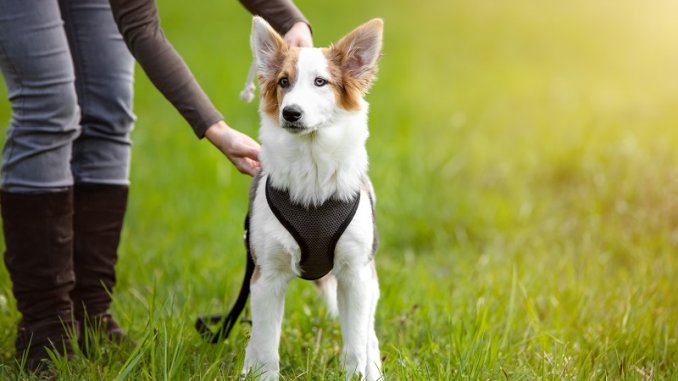
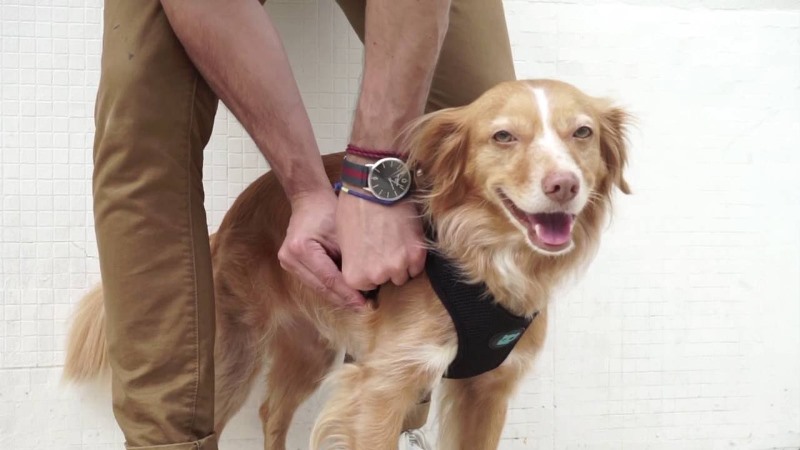
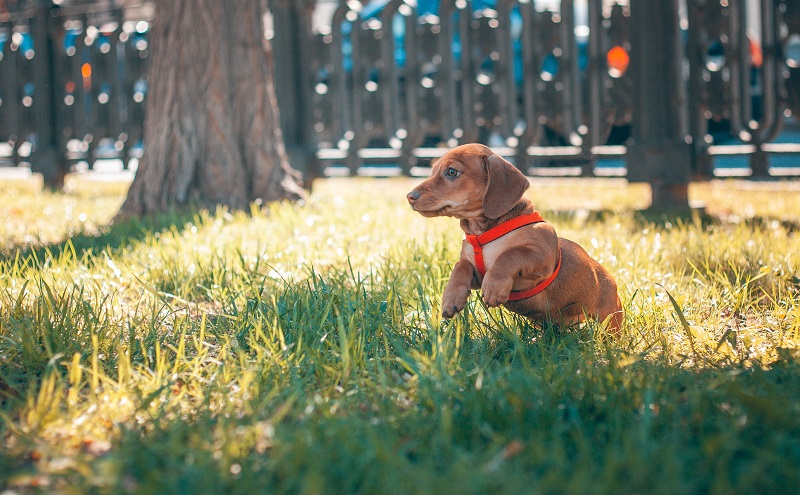
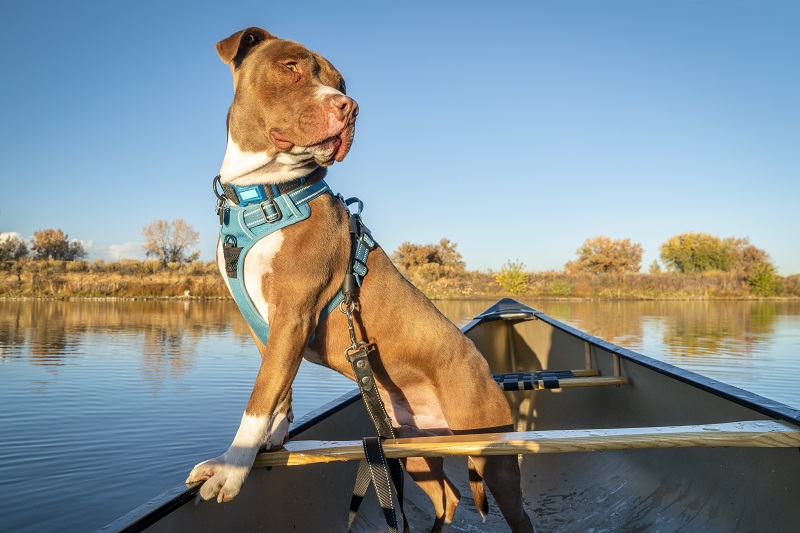
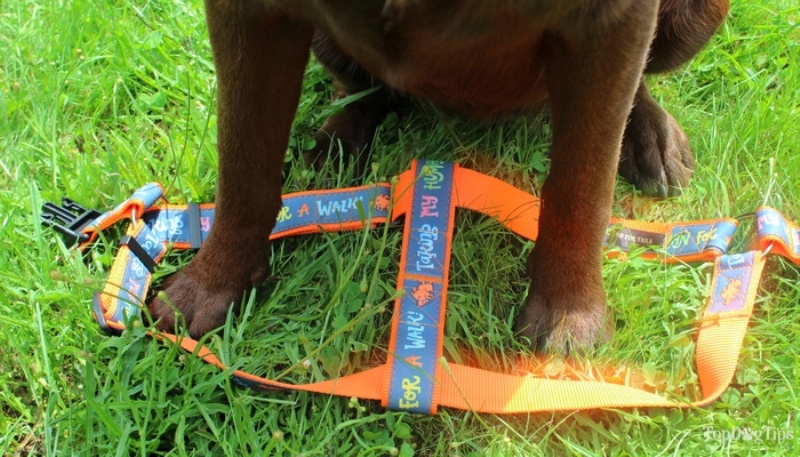
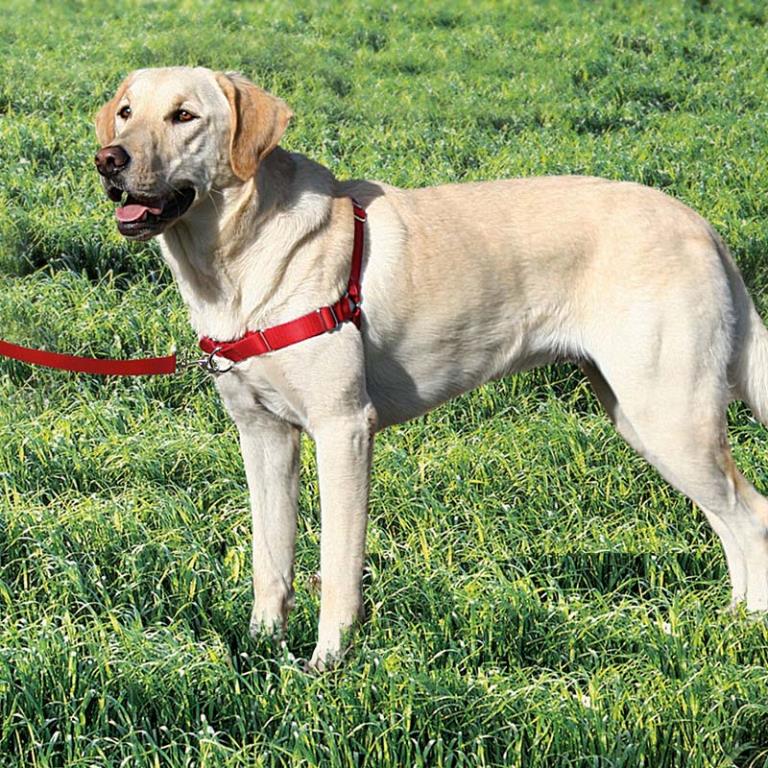
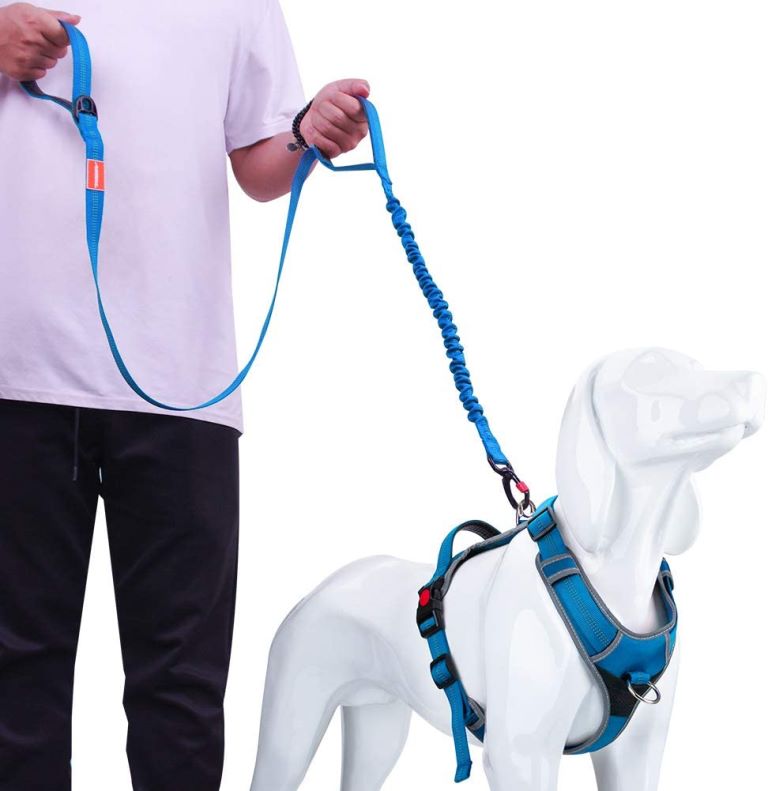
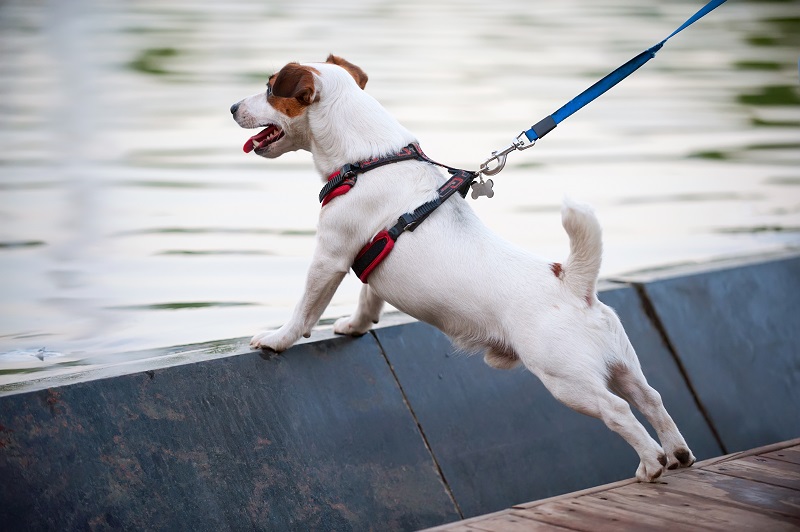
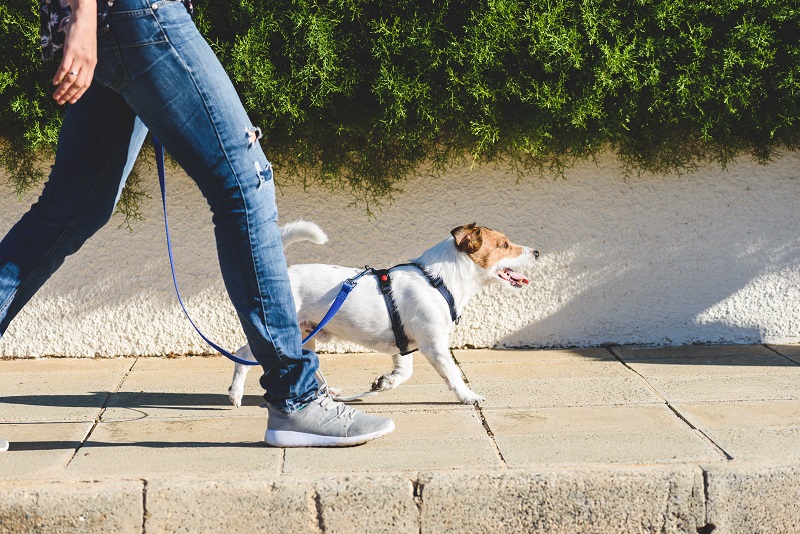

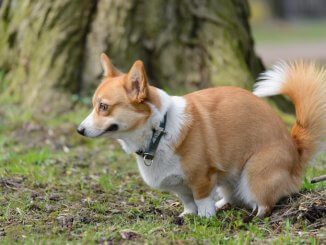

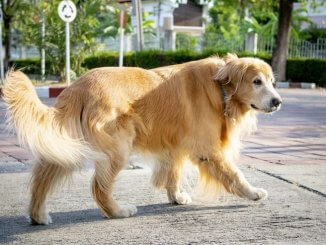
Be the first to comment